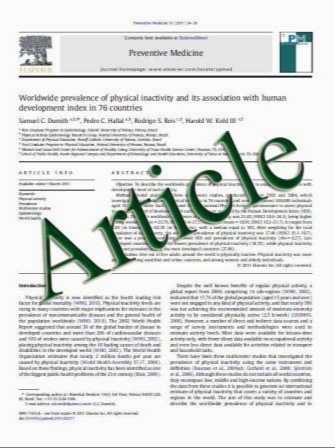The modulatory role of cortisol on prolactin secretion in anestrus Iranian fat-tailed ewes
- نوع فایل : کتاب
- زبان : انگلیسی
- مؤلف : Hamid Rajaian & Saeed Nazifi & Arash Bidadkosh & Tahereh Azimpour
- چاپ و سال / کشور: 2010
Description
Release of prolactin, a milk-secreting hormone, is normally inhibited by the neurotransmitter dopamine. Numerous attempts have been made to explain the effects of environmental stress on the level of prolactin, proposing a basic role for cortisol in the modulation of the hormone secretion. The pharmacologic properties of antagonists in the release of prolactin, during the anovulatory early postpartum period, were examined in this research. This study included ten 3-year-old Mehraban ewes that gave birth to their third lambs, at least 2 weeks before the experiment. Each animal was randomly assigned to receive either a corresponding dose of either metoclopramide (0.3 mg/kg BW; im; n=5) or haloperidol (0.1 mg/kg BW; im; n=5). During the 2 weeks prior to the start of the study, all ewes were allowed to acclimatize to their environment with free access to food and tap water, in order to avoid stress-induced influences on hormone levels resulting from environmental factors. Blood samples were collected from each ewe through the jugular vein via intravenous catheter immediately at the time of study entry, 2 and 4 h before and after every injection, with a time interval of 30 min. The serum recovered was assayed for prolactin, cortisol, and progesterone. Animals were assumed to be anestrous if the mean serum level of progesterone was lower than 0.4 ng/mL and that of prolactin higher than 80 mIU/L. One-way ANOVA revealed that the mean serum concentrations of prolactin measured at 30 and 90 min after metoclopramide administration were statistically different compared with the control but showed no difference at other time points. The secretion of cortisol prior to the treatment and afterward was statistically similar; however, under haloperidol administration, it increased and the difference was statistically significant (p< 0.05). A corresponding cortisol-induced prolactin increase did not become evident under haloperidol medication, resulting in a non-significant difference between the two cortisol values found before and after haloperidol administration (p>0.05). In conclusion, the pharmacologic properties of an antagonist to release prolactin, during the anovulatory early postpartum period, may depend on the presence of dopaminergic D2 receptor subtypes. In addition to its specificity for D2 receptors, the bioactivity of that antagonist may also play a role in the control of the secretion.
Comp Clin Pathol DOI 10.1007/s00580-010-1131-1 Received: 31 May 2010 / Accepted: 3 November 2010


